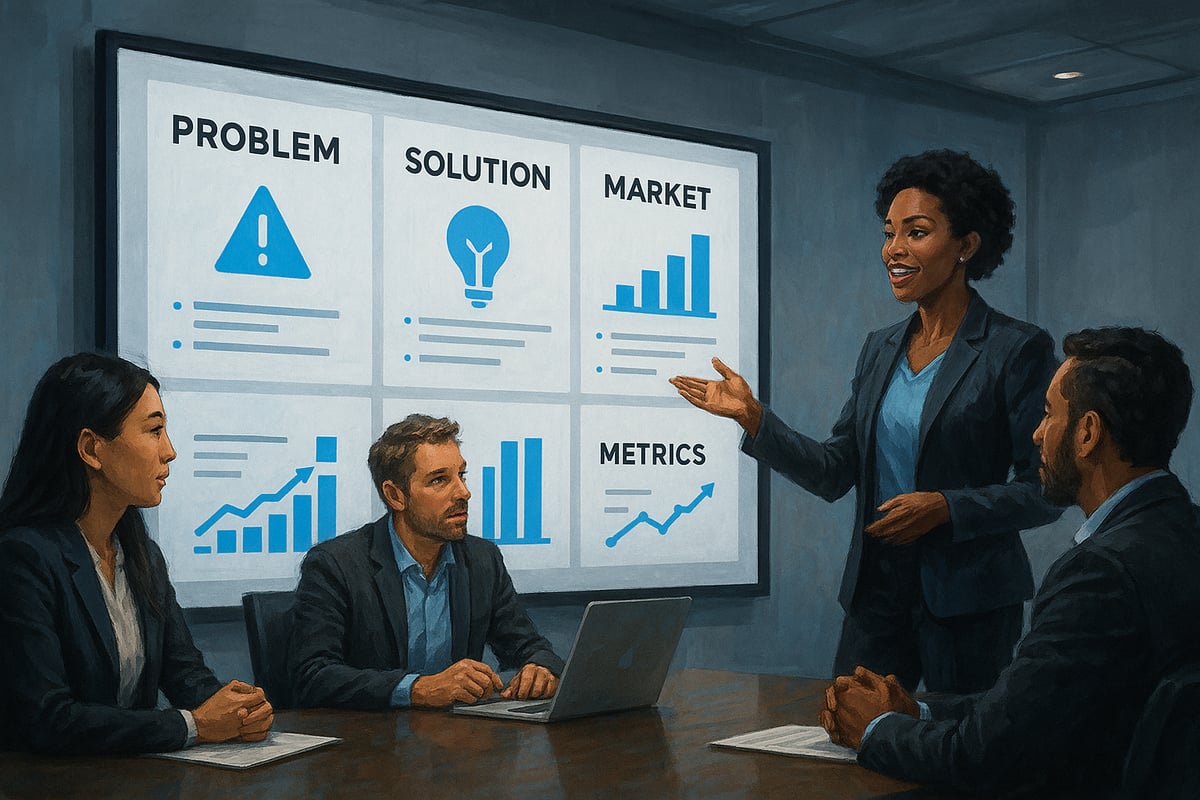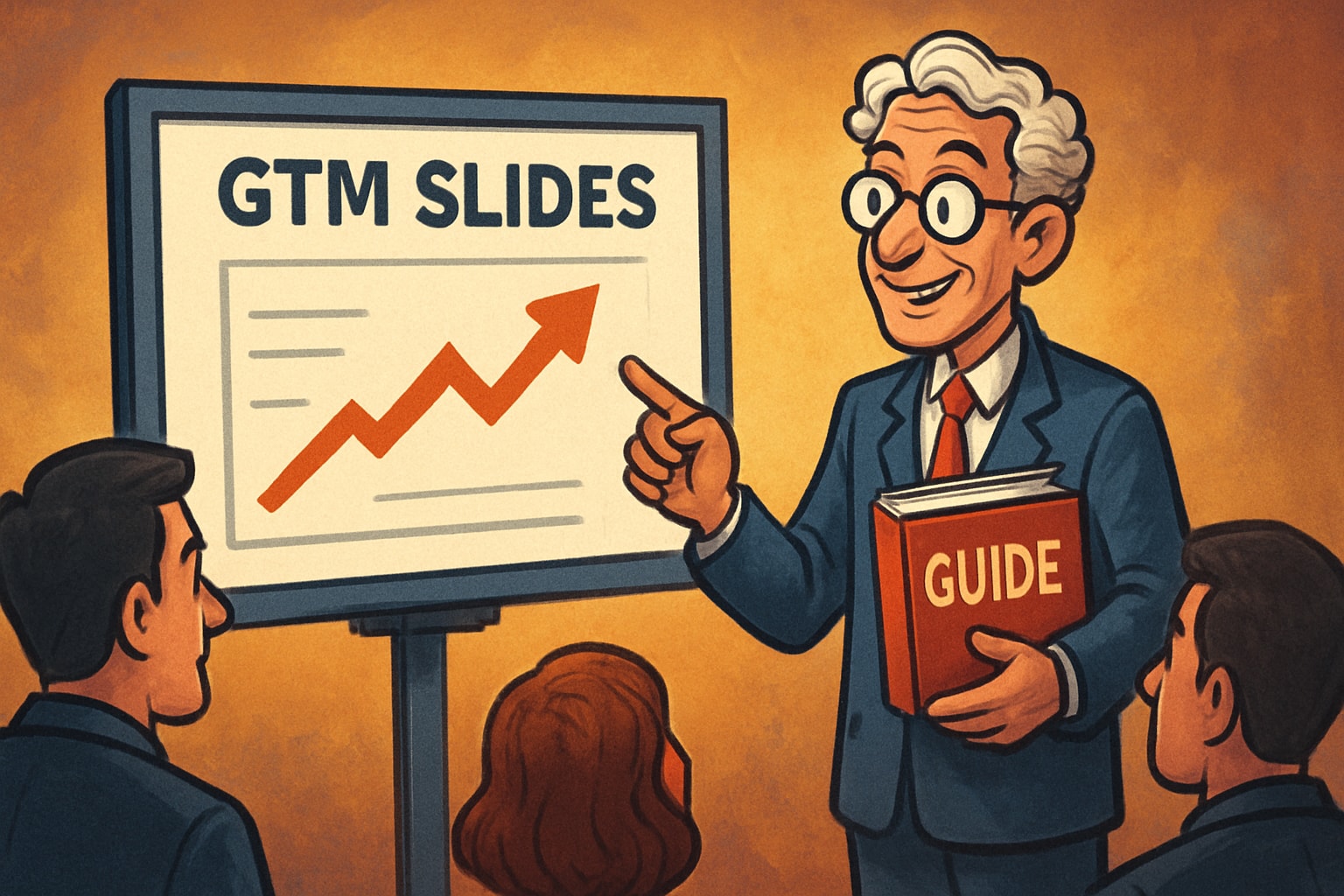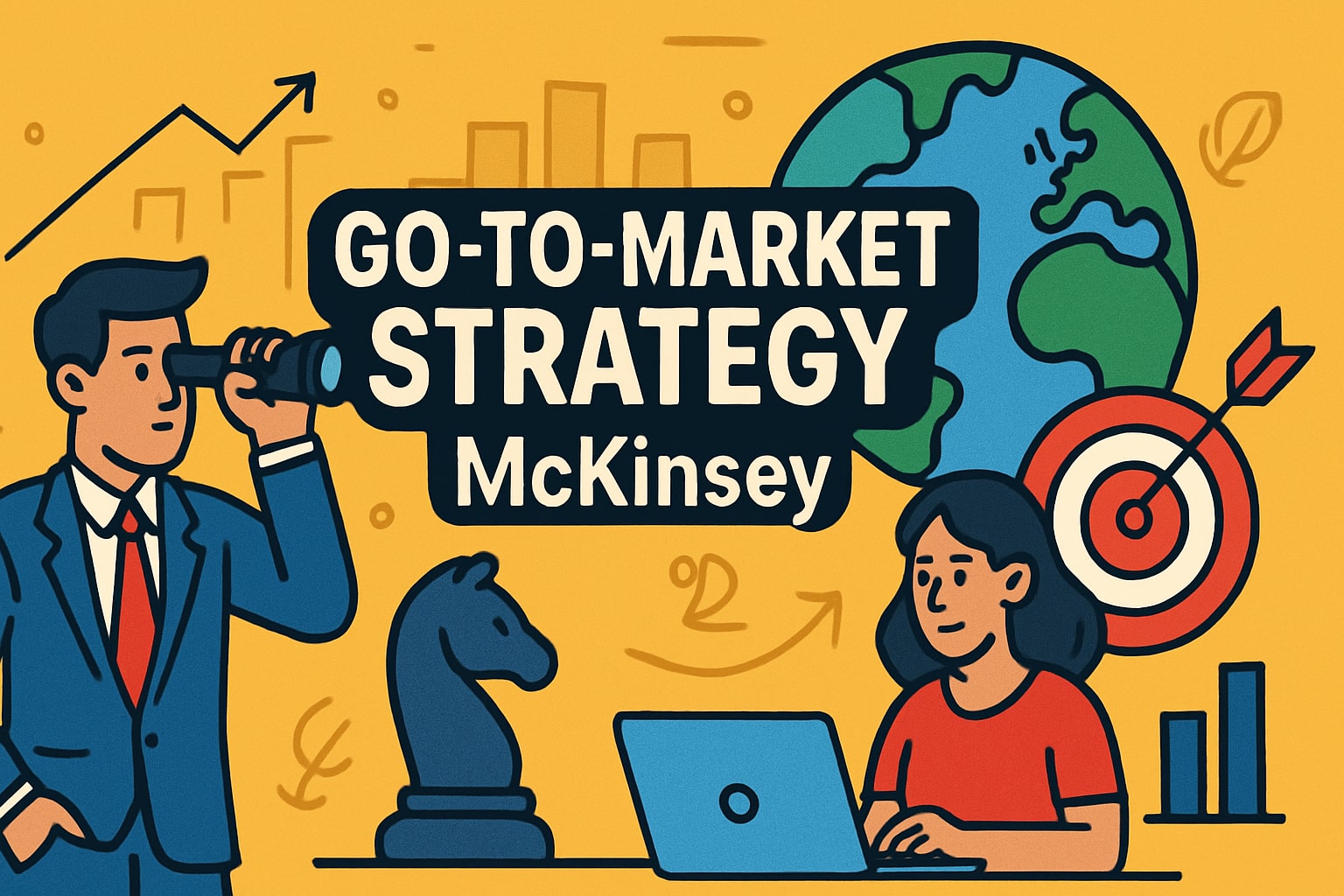GTM Slides Guide: Expert Tips for Winning Presentations 2025


Winning gtm slides can be the catalyst that propels B2B SaaS companies to new heights in 2025, or the stumbling block that stalls growth. In a competitive enterprise software landscape, the right go-to-market presentation is your secret weapon for aligning teams and accelerating revenue.
This guide delivers proven frameworks and expert tactics for building gtm slides that unify product, marketing, and sales. Whether you are a SaaS leader, founder, or part of a sales team, you will discover how to craft presentations that drive pipeline, boost ARR, and inspire investor confidence.
You will learn the essentials of gtm slides, how to tell data-driven stories, and the power of AI—including Agentic AI automation—to streamline your process. We will also share actionable best practices and real-world examples to help you stand out.
The stakes have never been higher. Get ready to capture attention, build alignment, and turn every GTM presentation into a launchpad for enterprise-grade growth.
Understanding the Role of GTM Slides in SaaS Growth
In the competitive world of B2B SaaS, gtm slides are more than just a set of presentation visuals. They serve as the backbone of your go-to-market strategy, uniting product, marketing, and sales into a single, compelling growth story.
When crafted well, gtm slides drive alignment across teams, ensuring everyone shares the same vision and messaging. This alignment is critical—Forrester’s 2023 research found that companies with unified GTM teams achieve 36% higher customer retention. Yet, too often, teams fall into the trap of disconnected messaging, outdated data, or siloed content, weakening the impact of their presentations.
What makes a GTM deck truly effective?
- Clear articulation of the market problem and your unique solution
- Consistent value propositions for each stakeholder
- Data-backed claims and visual storytelling
- Seamless transitions between product features and commercial strategy
Consider the story of a SaaS startup that secured Series A funding by using slides that tied customer pain points directly to solution metrics and growth projections. Their gtm slides didn’t just inform—they inspired action and confidence from investors and sales prospects alike. For more inspiration, check out these go-to-market slide examples that showcase best-in-class approaches.
Ultimately, every GTM presentation should act as a unified growth engine, aligning teams and fueling pipeline, ARR, and market momentum.

Structuring Winning GTM Slides: Step-by-Step Framework
Building truly effective gtm slides means starting with a rock-solid framework, not just design flair. The right structure turns ideas into a compelling growth story that unifies product, marketing, and sales. Let’s break down the essential steps for high-impact presentations.

The Essential GTM Slide Sequence
Winning gtm slides follow a proven order that guides your audience through your story:
- Problem: Define the pain point with real data.
- Solution: Present your unique product approach.
- Market: Quantify the opportunity and address TAM/SAM/SOM.
- Product: Highlight core features with visuals.
- GTM Strategy: Show how you’ll reach and win customers.
- Metrics: Share traction, ARR, and pipeline benchmarks.
- Team: Introduce founders and key leaders.
- Ask: End with a clear investment or partnership request.
This sequence builds trust and momentum. Many successful SaaS Series A decks use this exact flow. For a practical example, check out this Go-to-market plan template to see these steps in action.
Aligning Product, Marketing, and Sales Messaging
Misaligned messaging in gtm slides can cost deals. Ensure every slide integrates the value proposition across product, marketing, and sales.
- Use customer personas and your Ideal Customer Profile (ICP) as the backbone.
- Share unified language and visuals for consistency.
- Regularly sync teams to avoid siloed content.
For example, a SaaS company once lost a major enterprise deal because product features and sales promises didn’t match. Alignment ensures everyone tells the same growth story.
Data and Visual Storytelling Techniques
Data is the credibility engine for gtm slides. Use charts, infographics, and competitive benchmarks to support your claims.
- Visualize ARR, pipeline, and market share for impact.
- Prioritize actionable insights over data clutter.
- Highlight before-and-after metrics to showcase business outcomes.
Well-designed visuals keep stakeholders focused and help your message stick, making your GTM narrative memorable and persuasive.
Leveraging AI and Agentic Automation in GTM Slide Creation
Artificial intelligence is transforming how teams build gtm slides in 2025, especially for B2B SaaS and enterprise software. Modern AI tools are no longer just about design; they drive alignment across product, marketing, and sales by automating research, data gathering, and messaging.
Agentic AI, or Agentic Automation, is at the forefront of this shift. Unlike basic AI, Agentic AI acts as an intelligent assistant, continuously updating gtm slides with the latest market data, customer insights, and performance metrics. This means your team spends less time on manual updates and more time on strategy and storytelling.
Consider these key benefits of Agentic AI for gtm slides:
- Automates research on competitors, markets, and ICPs
- Builds slide layouts with dynamic, up-to-date content
- Integrates ARR, pipeline, and market benchmarks automatically
For example, a SaaS company recently cut deck production time by 60% using Agentic AI, freeing up their sales and product leaders to focus on refining their go-to-market message. However, it’s crucial to maintain human oversight. Always review AI-generated content for brand consistency, data accuracy, and strategic fit.
As AI capabilities grow, expect gtm slides to become more personalized and interactive, adapting in real time to different stakeholders. For more on crafting impactful presentations with AI and expert frameworks, see these GTM strategy presentation tips.

Crafting Data-Driven, Credible GTM Narratives
In the world of B2B SaaS, credibility and evidence are the lifeblood of winning gtm slides. A compelling narrative is built on reliable data and clear business impact, not just eye-catching visuals.

Sourcing and Presenting Reliable Data
Every high-impact gtm slides presentation starts with trusted data. Use only authoritative sources like Gartner, Forrester, and industry analyst reports for market size, growth rates, and customer insights.
- Cite third-party benchmarks for credibility.
- Integrate customer interviews and survey data.
- Reference recent analyst findings to validate your market claims.
For example, a SaaS firm showcasing Gartner’s Magic Quadrant instantly boosts investor confidence. Remember, the foundation of great gtm slides is transparency and accuracy in every data point.
Measuring and Showcasing Business Impact
Gtm slides should highlight KPIs that matter most, such as pipeline velocity, ARR growth, CAC, and LTV. Visualize these outcomes with before-and-after charts or concise case study snapshots.
- Use bar graphs for ARR growth.
- Display pipeline improvements with funnel diagrams.
- Showcase customer wins and retention rates.
A SaaS startup, after realigning gtm slides, demonstrated a 300% lead generation increase. Explore more Data-driven GTM strategy examples to see how data-backed stories drive real results. Tie every metric to a business outcome, making your message both credible and memorable.
Best Practices for GTM Slide Design and Delivery
Creating standout gtm slides demands more than design flair. Effective decks combine brand consistency, strategic messaging, and actionable insights. Here’s how to ensure your gtm slides drive results and set you apart in competitive SaaS markets.
Visual Consistency and Brand Alignment
Consistency is the backbone of high-performing gtm slides. Use unified fonts, colors, and logos to reinforce your brand identity at every touchpoint. Leverage templates and slide masters for repeatable, professional results.
- Standardize layout and iconography
- Include your latest product visuals
- Align every slide with your brand palette
For example, top SaaS firms ensure every investor or sales deck looks and feels cohesive, which builds trust and authority. Aligning your visuals across product, marketing, and sales is not just aesthetic—it's strategic. As highlighted in Aligning Around The Customer Is Critical To Company Growth, cross-functional alignment accelerates revenue and retention.
Engaging Stakeholders and Driving Action
Tailor your gtm slides for every audience—investors, customers, or internal teams. Use concise storytelling and clear calls to action to drive buy-in. Techniques like customer journey mapping and persona-driven messaging help make complex information relatable.
A well-structured slide deck can turn a boardroom presentation into a catalyst for growth. For instance, a SaaS company used tailored slides to secure board approval for a new product launch, resulting in faster go-to-market execution.
Avoiding Common Mistakes
Even the best gtm slides can fall short if overloaded with data or disconnected from the sales narrative. Avoid these pitfalls:
- Too much text, not enough visuals
- Outdated metrics or product details
- Ignoring the customer journey
Keep slides updated and focused on actionable insights. Regularly review and refine your deck to reflect the latest strategy, ensuring every slide moves the business forward.
Real-World Examples and Winning GTM Slide Templates
Real-world gtm slides can transform SaaS growth stories into clear, data-driven narratives that inspire action. Let’s explore anonymized examples of slides that have driven measurable impact in recent enterprise software pitches.
- Market Opportunity Slide: One SaaS startup used a bold, single-stat visual paired with a Gartner market size citation. This slide instantly clarified the scale and urgency of the problem.
- Go-to-Market Strategy Slide: Another company mapped product, marketing, and sales motions into a unified timeline, leveraging Agentic AI to keep data and milestones current.
- Metrics Snapshot Slide: A high-growth SaaS team showcased ARR, pipeline velocity, and customer logos side by side, using dynamic charts that updated automatically before each board meeting.
What sets these gtm slides apart? Each one blends clarity, credible benchmarks, and visual storytelling. Slides built with Agentic AI not only streamline updates but also ensure alignment across teams. For deeper insights on how alignment drives financial results, see Unlock the $1 Trillion Growth Opportunity Hiding in Your GTM Misalignment.
When it comes to templates, leaders often choose:
- Slidesgo and similar libraries for ready-made professional designs
- AI-powered template generators for dynamic, brand-consistent layouts
- Custom slide masters for enterprise-grade polish
Adapt these templates by focusing on your ICP’s pain points, keeping data fresh with automation, and maintaining visual simplicity.
Current trends include minimalist layouts, interactive elements, and live data pulls—critical for making your gtm slides stand out and drive real business outcomes.
Actionable Tips for 2025-Ready GTM Presentations
Ready to make your gtm slides stand out and drive real results in 2025? Use these expert-backed, actionable tips to ensure every presentation fuels alignment and accelerates enterprise growth.
2025 GTM Slide Checklist:
- Align messaging: Unify product, marketing, and sales narratives for a single growth story. Cross-team alignment has proven to boost sustainable growth, as highlighted in 12 Statistics Every GTM Leader Should Pay Attention to for Sustainable Growth.
- Lead with data: Prioritize clear, visual KPIs like ARR, pipeline velocity, and market share.
- Leverage Agentic AI: Use AI-powered tools to automate research, streamline slide creation, and keep data fresh.
- Prioritize clarity: Use minimalist design, consistent branding, and concise messaging.
- Iterate and improve: Gather feedback after every key meeting, update slides with the latest insights, and refine your gtm slides regularly.
Follow these strategies to win more deals, accelerate growth, and ensure your SaaS business stands out in the competitive 2025 landscape.
We’ve covered how the right GTM slides can turn a scattered pitch into a story that unites your team and sparks real growth. Imagine walking into your next investor or sales meeting with slides that actually start conversations, not end them. Whether you’re a founder wrestling with the narrative or a sales leader looking for that edge, you don’t have to figure this out alone. If you’re ready to move from guesswork to frameworks that drive results, let’s connect. Together, we can tailor your GTM story for the wins you want in 2025. Book Your Personal Intro Call

Latest From
The Blog
Go To Market Strategy Consulting Guide For 2025 Success

Go To Market Strategy McKinsey Guide For Success 2025

Crossing the Enterprise Chasm: A Practical Guide to Sales-Led Growth (SLG)


Let's Build The Future Together







.jpg)